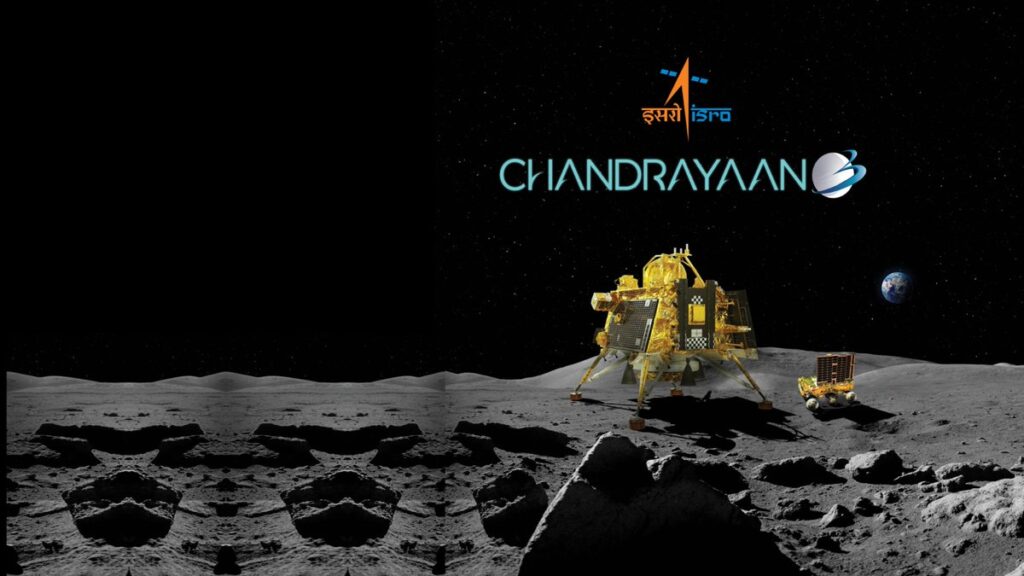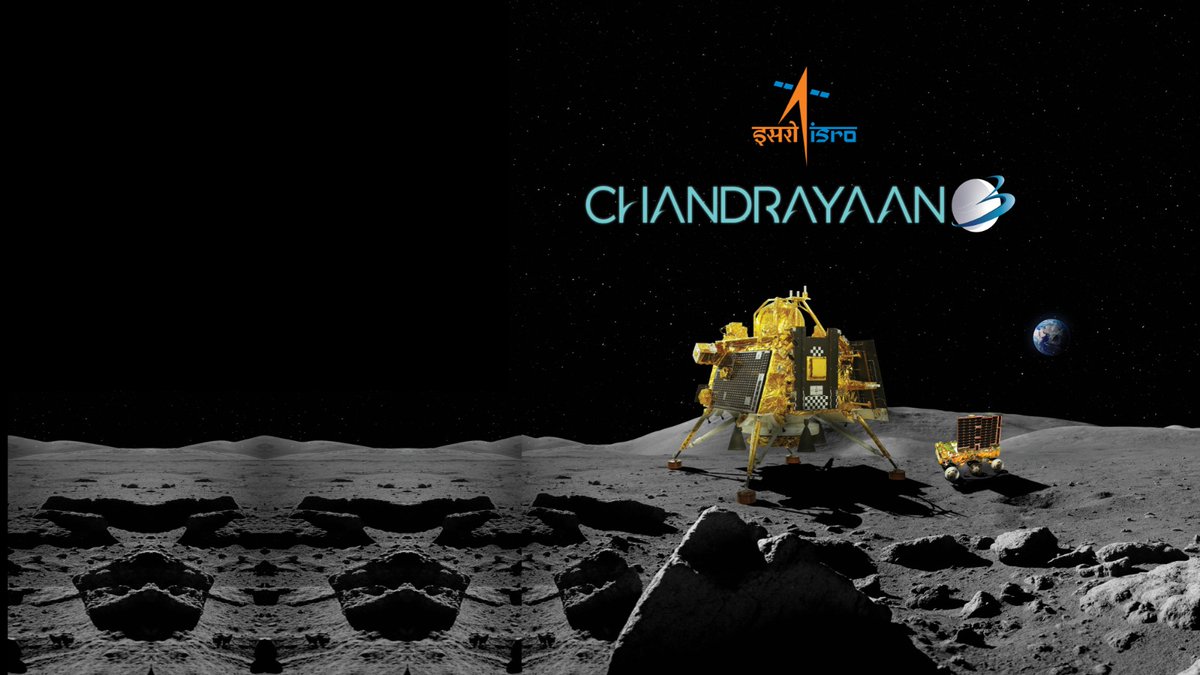
On Wednesday evening, India achieved a historic milestone as the Chandrayaan-3 lander, named ‘Vikram’, successfully landed on the uncharted lunar South Pole, establishing the country as the first to accomplish this feat.
The Indian Space Research Organisation (ISRO) announced on Thursday that the Pragyan Rover has commenced its exploration on the lunar surface. ISRO shared this update on X (formerly Twitter), stating, “Chandrayaan-3 Mission. Chandrayaan-3 Rover begins moonwalk at MOX, ISTRAC!”
Earlier today, ISRO also unveiled images captured by the Lander Imager Camera, showcasing the moon’s appearance just moments before touching down on the lunar surface. “Here’s the moon’s image as captured by the Lander Imager Camera just before landing,” ISRO shared on X.
Following a 40-day journey through space, the Chandrayaan-3 lander named ‘Vikram’ successfully landed on the previously unexplored lunar South Pole on Wednesday evening, marking India as the first nation to achieve this remarkable feat.
India has also joined an exclusive group of nations – the US, Russia, and China – by effectively executing a lunar landing mission. Notably, India has attained a historic first by achieving a soft landing on the Moon’s south pole.
The Chandrayaan-3 spacecraft gently positioned the Vikram lander onto the lunar surface, assuming a horizontal orientation in preparation for landing.
This spacecraft was launched from the Satish Dhawan Space Centre in Sriharikota, Andhra Pradesh, on July 14. The GSLV Mark 3 (LVM 3) heavy-lift launch vehicle was utilized for this mission. After entering lunar orbit on August 5, the spacecraft meticulously carried out a series of orbital maneuvers before precisely targeting the moon’s surface.




